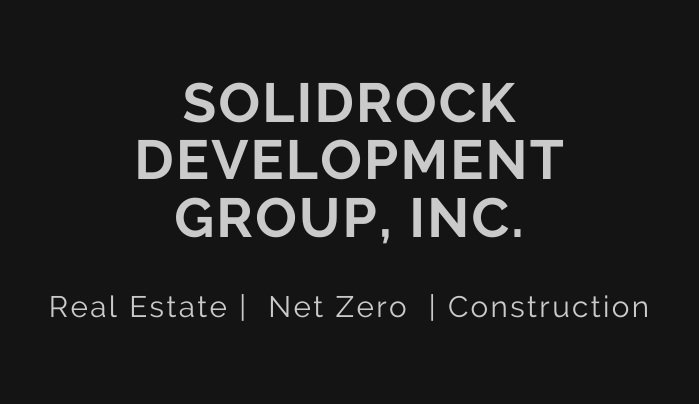Is the American Dream of Homeownership Alive and Well?
The affordable housing crisis is mounting in California and the disparity between home prices and affordability for households with median incomes continue to widen. Homeownership creates housing affordability due to flat increases in housing costs for homeowners. When a homebuyer finances their home with a fixed loan product over the typical 30-year amortization period, their housing cost remain relatively flat, with only marginal increases in property taxes and insurance; creating affordability over the life of the loan as home prices rise. This is ideal, the only problem is low-moderate income earners in most cases do not earn enough to achieve the American Dream in California, affordable homes for these income earnings are becoming further and fewer in-between.
California's affordable housing crisis is daunting and is showing no signs of letting up anytime soon. According to the California Association of Realtors (CAR) "...only seven of 32 reporting counties in California had a home price that a typical median-income household in the counties can afford." According to CAR's President, Chris Kutzkey, California's supply of affordable housing in areas where "the majority of the state's workforce resides" is nil.
In the second quarter in 2015, the median home price in California was 50% higher than what a typical median income household could afford, creating a mounting housing crisis that effect our families, neighborhoods and communities. The obvious solution? Create the availability of affordable housing for low-moderate income homebuyers. However, many challenges exists when addressing viable solutions to increase affordable housing in California, this is a subject for another Blog post.
The good news? There are federal, state and local affordable housing initiatives that aim at doing something about this crisis. Non-profit housing groups or socially conscious for-profit developers are engaged in conversation and action to increase the availability of affordable housing and it is mutually agreeable that by doing so adds to the health and vitality of our communities.
U.S. Department of Housing & Urban Development through The HOME Investment Partnerships Program (HOME) provides formula grants to States and localities that communities use - often in partnership with local nonprofit groups - to fund a wide range of activities including building, buying, and/or rehabilitating affordable housing for rent or homeownership or providing direct rental assistance to low-income people. HOME is the largest Federal block grant to state and local governments designed exclusively to create affordable housing for low-income households.
The program was designed to reinforce several important values and principles of community development, below I've name a few of them:
HOME's flexibility empowers people and communities to design and implement strategies tailored to their own needs and priorities.
HOME's emphasis on consolidated planning expands and strengthens partnerships among all levels of government and the private sector in the development of affordable housing.
HOME's requirement that participating jurisdictions match 25 cents of every dollar in program funds mobilizes community resources in support of affordable housing.
With federal efforts leading the charge, local developers can share in these efforts with aligned focus and can affect change as well. Our social entrepreneurship efforts as affordable housing developers provide us with opportunities to form unique entrepreneurial partnerships to invest in affordable housing projects and through these type of collaborations and social consciousness we can make a difference too!

